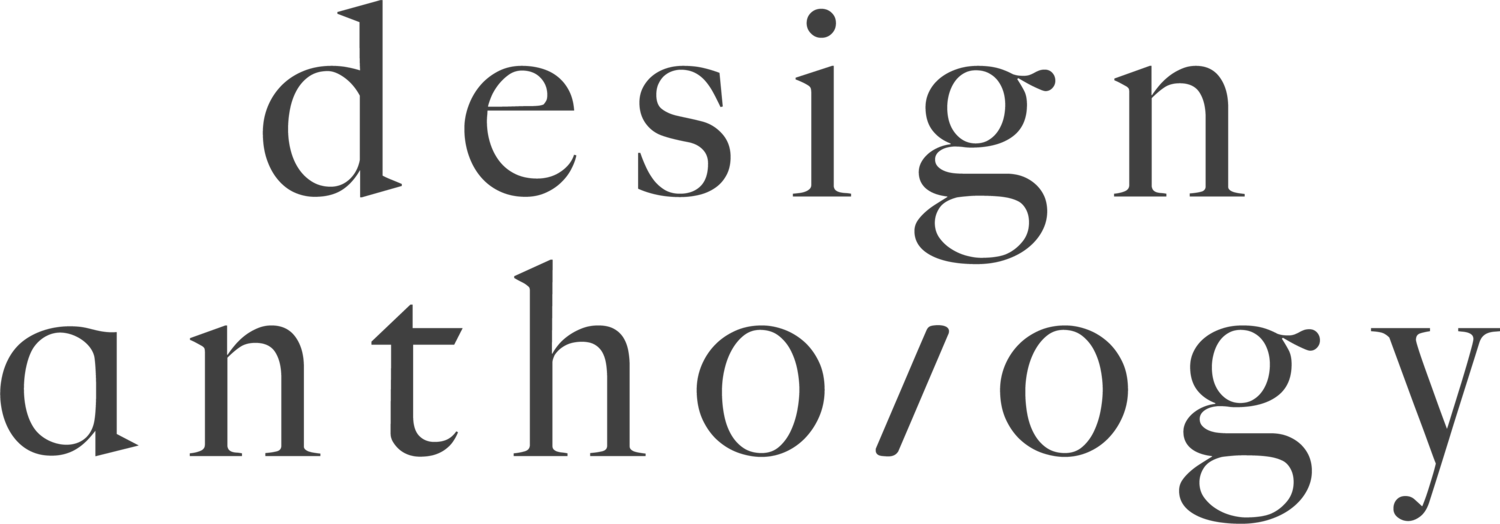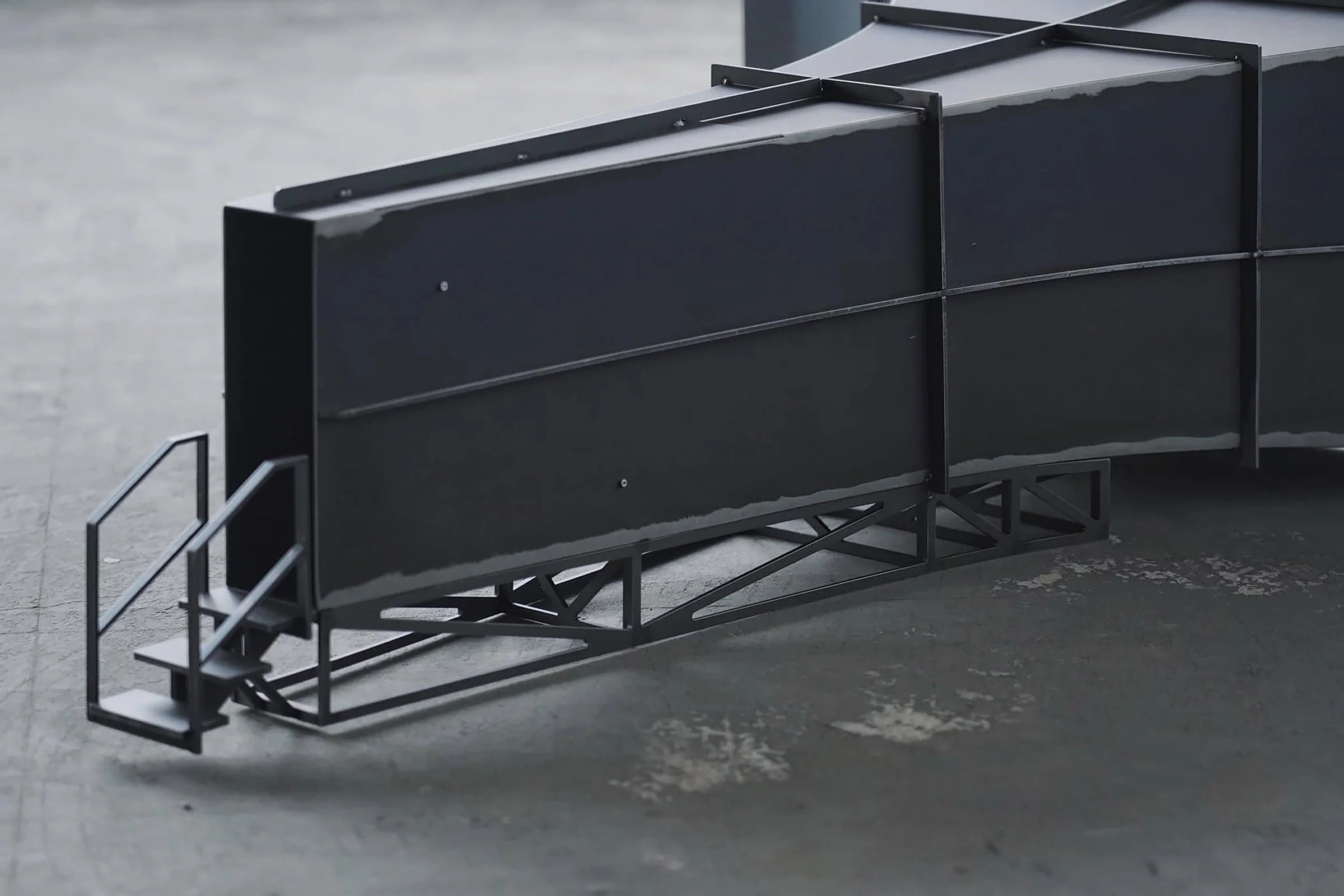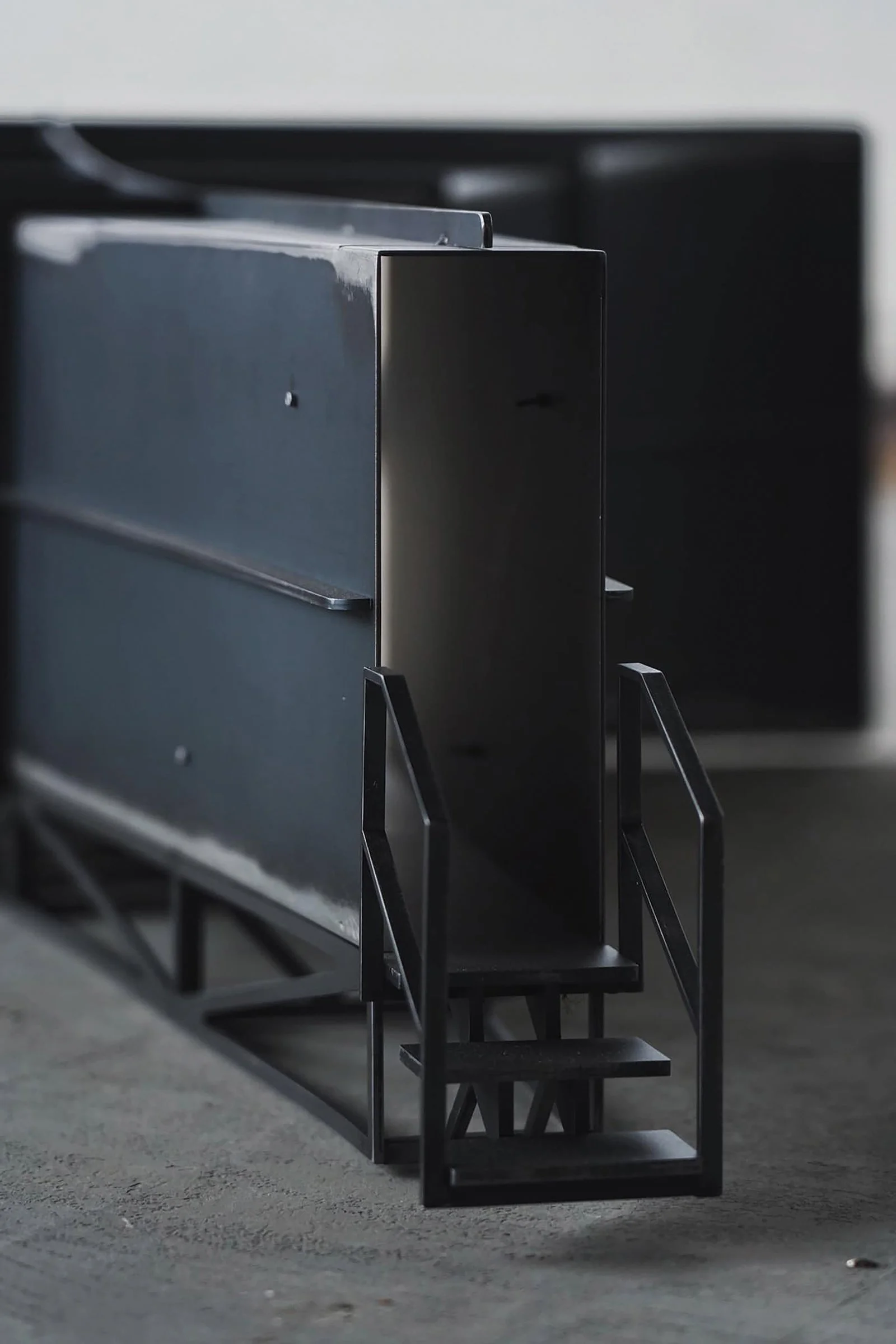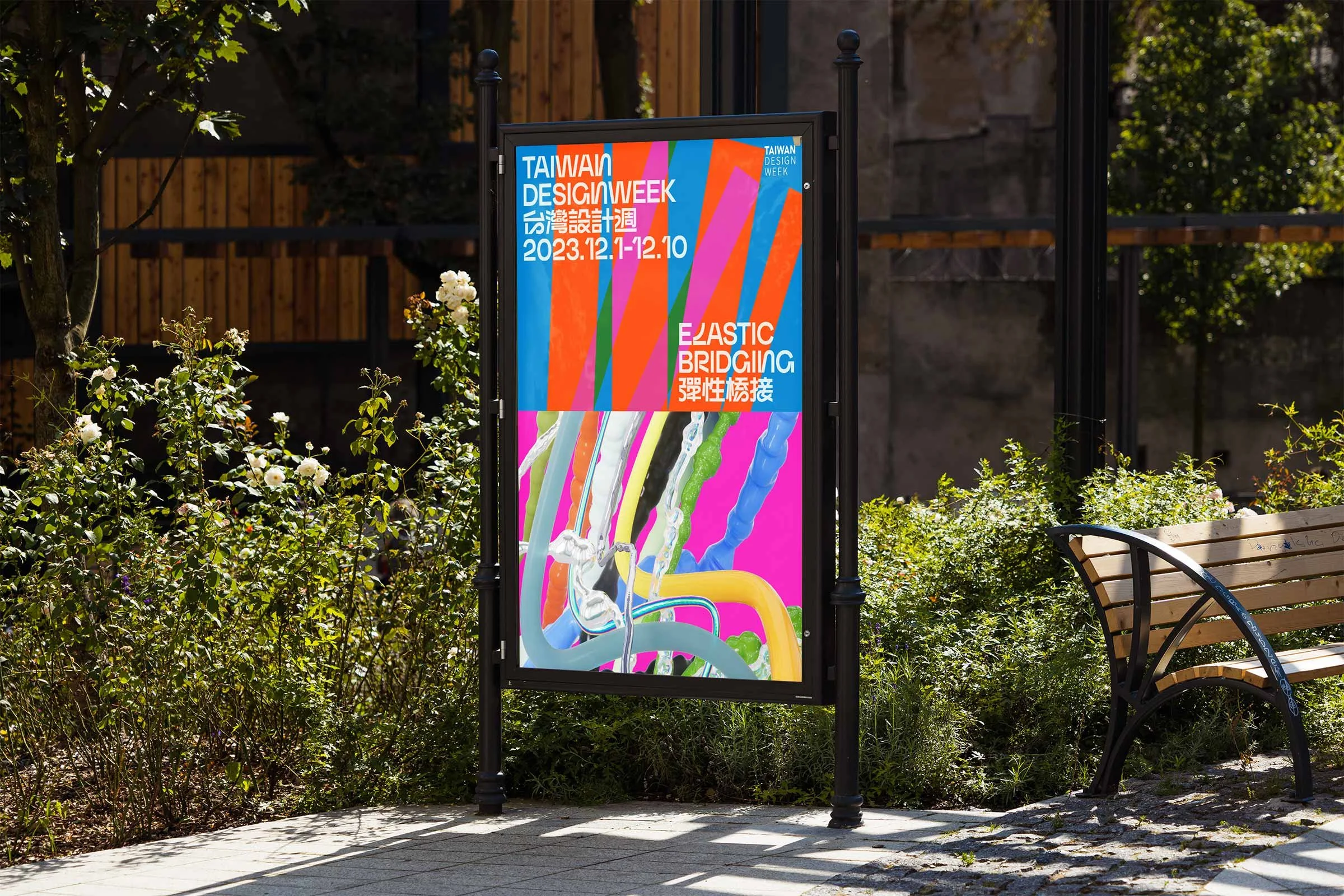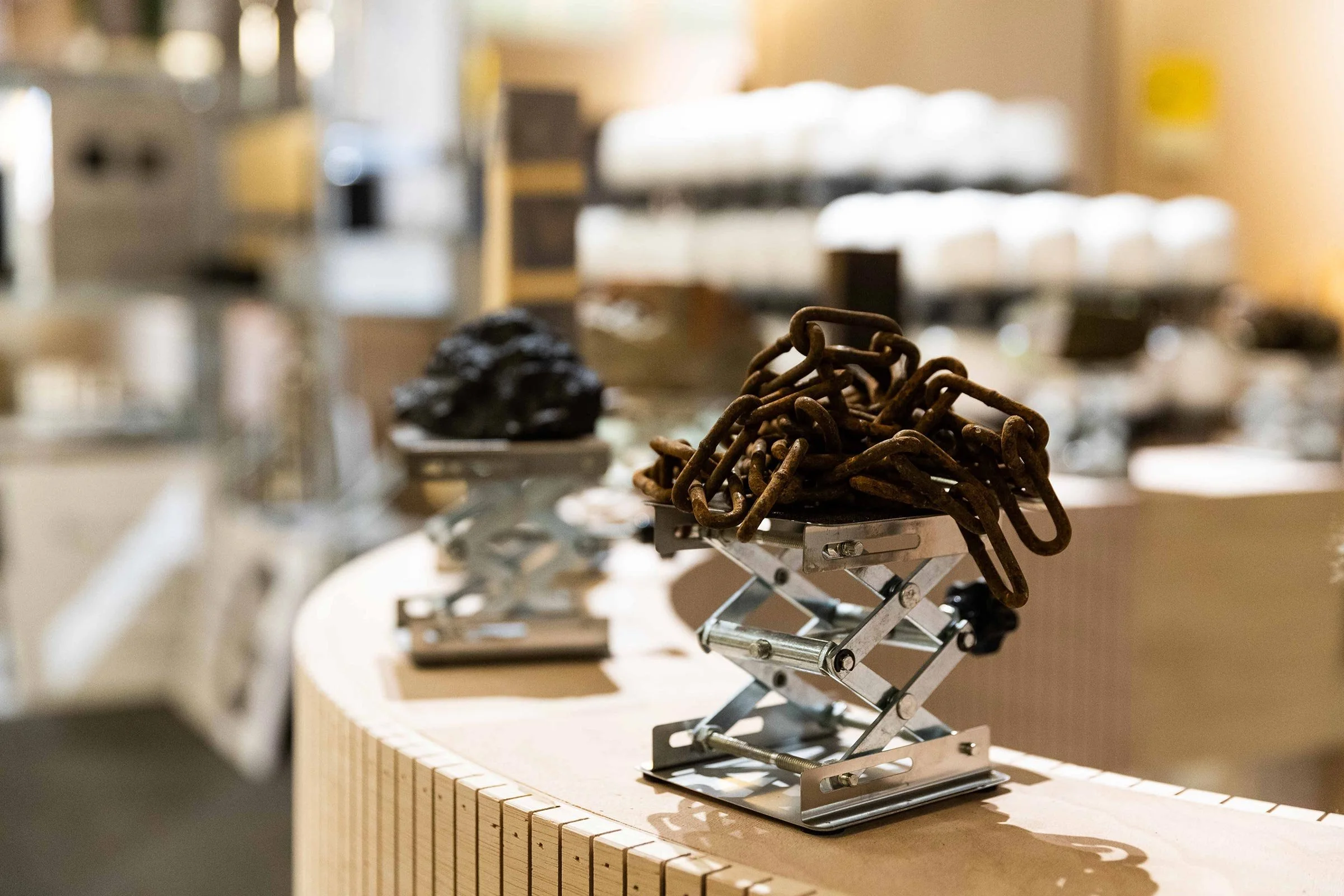Taiwan Design Week 2023: In Conversation with Curator Victor Wu
‘Elastic Bridging’ was the theme of the inaugural Taiwan Design Week, which took place across multiple locations in Taipei this December. Design Anthology spoke with the event’s co-curator Victor Wu, founder of Atelier TBD, about the curation of the showcase and the current state of design in Taiwan
Design Anthology: What was the curatorial manifesto or statement of intent for the exhibition?
Victor Wu: Following the global pandemic, the philosophy of coexistence and diversity reached new heights. In response to the exponential growth of the digital era, a global evolution occurred, with collaborations taking place across borders, industries and traditional systems. Resilient, receptive and efficient by nature, Taiwan — an island in Southeast Asia sensitive to geopolitical tension — plays a key role in the global electronic industry, and continuously takes on multidimensional, undefined challenges to become the epitome of modern coexistence.
Taiwan's geographic isolation and unique cultural identity has led to a collection of micro evolutions. Its ever-changing landscape and special strategic positioning have allowed Taiwan to experience numerous ‘cultural baptisms’. As a result, the people of Taiwan are highly adjusted to sharing resources, cultural integration and being bombarded by external information. It is these distinctive features embedded into Taiwan's DNA that further puts into practice the 'elastic bridging' that is exclusive to Taiwanese culture.
How do we use elastic bridging? Its flexibility, its structural strength and its impact on history are the core elements that the Taiwanese design field strives to integrate. The continuous changes in elastic bridging have become an essential feature for tackling the challenges of modern uncertainty. It represents a necessary adjustment in the tensegrity of globalisation and localisation. At the same time, it’s a reminder of the importance of openness in this modern era, where inter-national, inter-field and inter-species interactions are becoming increasingly common.
How did you go about selecting the designers for the show, and what was the criteria you used for selection?
Our selection process focused on meticulous criteria to ensure a diverse and representative showcase. We prioritised studios that exemplify cross-disciplinary excellence, acknowledging the interconnectedness of design fields. A key criterion was the sustained creation of impactful projects encapsulating Taiwan's essence, spanning materiality, tectonics, culture, history, cuisine and other unique characteristics. We deliberately favoured smaller studios with fewer than ten members, highlighting the evolving paradigm of collaboration post-pandemic. Our emphasis on ‘experience’ led to the creation of six distinct ‘zones’, transcending traditional categories. This approach mirrors the pervasive cross-disciplinary nature of contemporary design, underscoring its influence on our daily lives and built environments. Furthermore, our selection embraced studios at the forefront of significant events, ensuring a dynamic representation of Taiwan's design landscape. And of course, those who echo the topic of sustainability and AI!
Are there any standout pieces or exhibition items that you think best communicate the curatorial intent?
Images courtesy of skilLability
本事空間製作所 skilLability is a leading interior and industrial design studio in Taiwan, creating a classic Taiwanese style by combining traditional materials and design languages with contemporary design methodologies. They explore design possibilities through local tectonics and craft.
Studio HJL was another highlight. The studio explores nature, plants and landscapes via different media, with a strong, solid academic background. Their project, Sculptural Landscape, was a site-specific installation designed for Taiwan Design Week, using only the domestic plants from Taiwan.
The key visual design of 2023 Taiwan Design Week was executed by HOUTH, a creative team focused on brand strategy and design. Aligned with the theme of Elastic Bridging, a series of posters visually demonstrate flexibility. In terms of stylistic development, the three-poster series incorporates layered designs such as springs, stacking and linear intersections, seamlessly connecting 2D planes with 3D graphics and aligning intuitively with the theme. The custom bilingual fonts showcase the flexibility of straight and curved strokes, further reflecting the theme of flexible bridging. The colour system also echoes Taiwan's contemporary and international hybrid. Bold, courageous, fearless and exploratory messages and attitudes are what Taiwan Design seeks to convey to the world.
無礦 Mineless is a recently completed project in Sanxia District, New Taipei City, where architecture studio Divooe Zein Architects transformed an abandoned mining site. The architects and the Mineless team collected the original materials on site during the deconstruction process, and repurposed them for a new proposal with a precise, elegant approach. This team reflects a certain aspect of Taiwan's built-environment — instead of many newly built projects, there’s this repurposing of old, abandoned spaces with a unique, Taiwanese context.
Are there any commonalities between the different works shown?
These works share several commonalities that underscore the richness of Taiwanese design. Firstly, a notable trend involves an exploration of the local context, with projects delving into the nuances of Taiwanese locales. This often manifests in the adoption of domestic materials, tectonics and design language, imbuing the creations with a distinct Taiwanese character. Another prevalent theme is the fusion of tradition and contemporaneity, where designers employ traditional materials in innovative, modern contexts. Furthermore, a significant number of projects showcase the collaborative spirit inherent in Taiwan's design landscape, illustrating the synergies between small teams across diverse fields. This collaborative approach not only reflects the evolving dynamics of the design community but also amplifies the multifaceted creativity inherent in Taiwanese design.
Given that you're working across Asia and North America, how do you feel about the current state of design in Taiwan?
Since I currently work from New York while engaging in projects in Taiwan and Mexico, my perspective on the state of design in Taiwan is one of profound optimism. Taiwan is undergoing a transformative synthesis, harmonising elements of tradition and modernity, domestic and foreign influences, and fostering collaboration between designers and the general community. Surprisingly, the pandemic catalysed a return of talented Taiwanese designers and their teams, leveraging innovative collaboration tools. This shift has spurred a collective re-evaluation of Taiwan's design identity, marking a significant turning point. The inaugural Taiwan Design Week has already garnered international attention, with participation from teams representing Mexico, Germany, Greece and Thailand. As we embark on this journey, the anticipation for the continued evolution of Taiwanese design, and its global dialogue, fuels my excitement for the future.
As told to Suzy Annetta
Images courtesy of Taiwan Design Research Institute
